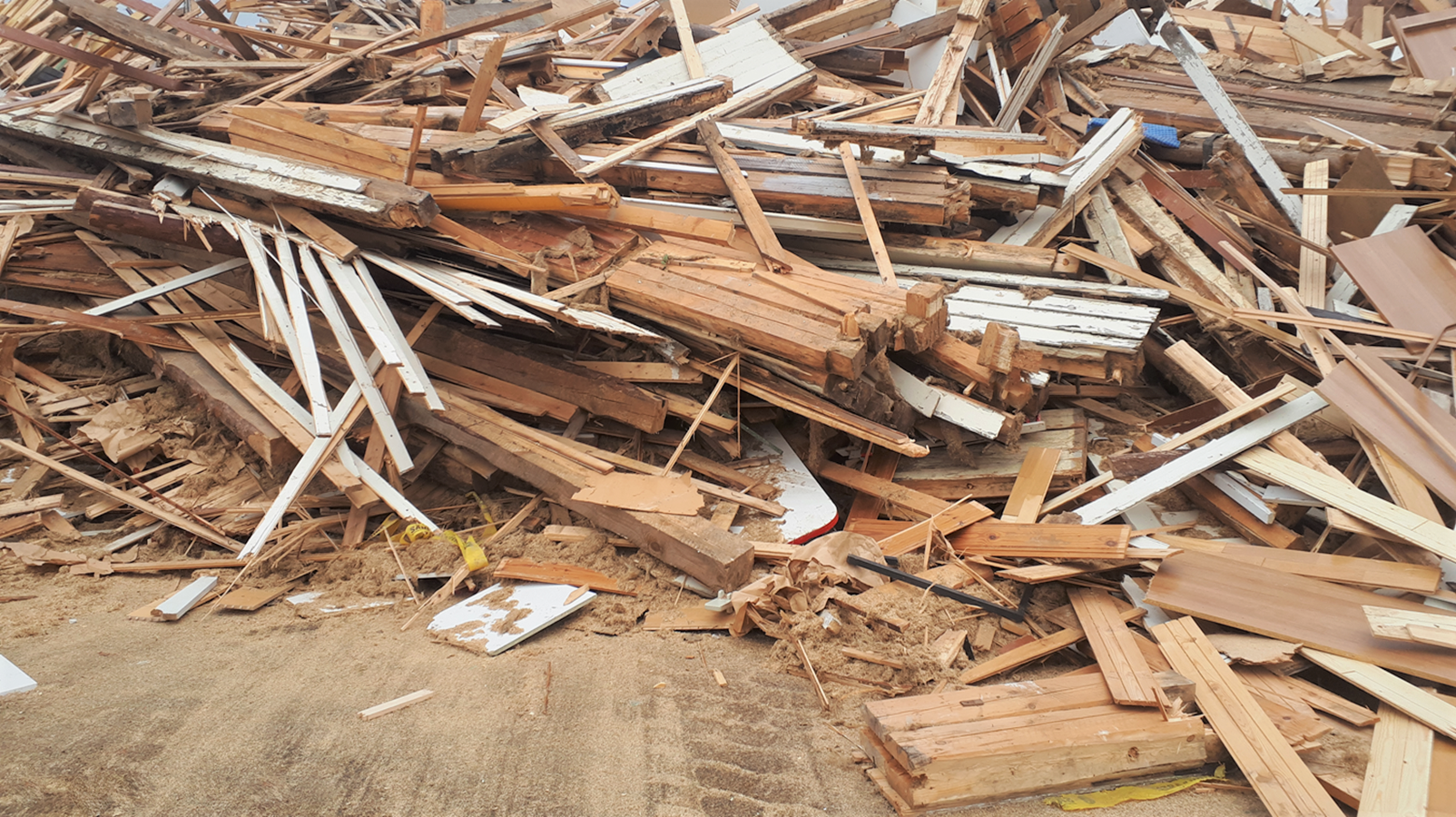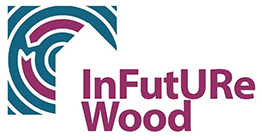Inventory, deconstruction and quality of recovered wood

Construction and demolition waste is a concern today because many building components have a high resource value, providing both an environmental and an economic incentive for their re-use and recycling. However, information on the quality and quantity of recovered resources is limited and this hinders their use in substitute applications in buildings, or other applications.
The overall aim of WP4 is thus to understand the volumes, dimensions and quality of wood material that could currently be recovered and reused and which might be recoverable in the future following the implementation of design for deconstruction principles. To enable the reuse of recovered wood, it is vitally important to understand the characteristics of the wood material that could currently be recovered and reused and which might be recoverable in the future following the implementation of Design for Deconstruction principles.
Thus, the focus of work package 4 will be on the following tasks:
Task 4.1: Conduct an inventory of wood materials used in construction currently.
Typical building typologies within the geographies represented in the project will be identified (e. g. standard a 3-bedroom single family house) and, for selected building types, the wood products used in their construction, their types, typical in situ dimensions, location within the building and function, as well as whether they have undergone any treatment etc. will be assessed. Later, this will be combined with statistical data on the overall volumes of wood products used in construction to provide estimates of the materials that are potentially available for re-use in cascaded products.
This task will provide not just an overall value for the volume of the wood products available, but will provide this at the level of individual wood products and their dimensions. This will enable future modelling of the available volumes of wood material by type, location and dimensions that will be vital in the development of cascaded wood value chains.
Task 4.2: Study of current demolition/deconstruction practices.
We will study the current demolition practices used in the partner countries. The study will include both normal practices as well as, where identified, examples in which deconstruction is undertaken with re-use as the goal. The aim is to identify a) ways of improving current demolition methods in order to maximize material recovery and b) to identify problem “hot spots” in current building construction methods that would enable easier disassembly. This should provide insights into how buildings should be designed in the future and will provide additional input to Task 3.3.
Task 4.3: Develops quality criteria for recovered wood.
Quality criteria of deconstructed wood enables sorting according to the quality of wood recovered from deconstruction in terms of damage, contaminants, metal fasteners, recoverable length/dimension, etc. These criteria should be applied as an input to assess the quality of wood recovered from demolition/deconstruction projects. By comparison with the baseline volumes of products derived in Task 4.1, it will then be possible to assess the recovery efficiency and can be used in decision-making. Furthermore, when applied, the criteria can be used to pre-select recovered wood and, in particular, identify material suitable for CLT production.
Task 4.4 Model the volumes and quality of recoverable wood now and following implementation of design for deconstruction.
In this task, the quality criteria developed in Task 4.3 will be applied to a series of case study demolitions to analyze the recovered wood in terms of quality and volume to quantify the currently available demolition material resource and the period they can be reused in the future. The empirical data gathered in the case studies can then be extrapolated to model future wood material recovery after: i) changes to current deconstruction practices and ii) after implementation of design for deconstruction.
Workpackage 4
2019-2022
Coordinator
Participating partners
Ljubljana University
Politechnical University of Madrid
National University of Ireland Galway
RISE
Aalto
Isotimber
Stora Enso Spain
Derome


